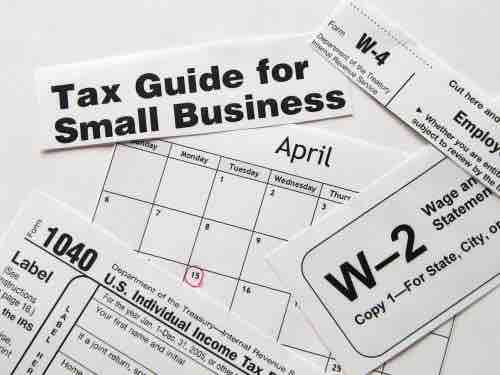Taxes are the primary means for governments to raise funds for its programs and to pay off its debts. It can also be used to influence its citizens' financial behavior. . Choosing the right set of rules that have all of the elements of a good tax system can be a challenge for any government.

tax
Taxes are a tool used by governments to raise money and influence their citizens' economic choices.
Elements of a Good Tax System
- Efficient: A tax system should raise the necessary revenues without unduly burdening the taxpayer.
- Understandable: A tax system should be easily understandable by the average citizen who has to pay the tax.
- Equitable:The tax burden should be distributed equitably among a nation's citizens. Generally, this means that those that are wealthier should pay more.
- Benefit Principle: Generally, the people who use public services should pay for them with higher taxes. However this principle is difficult to enforce in practice.
Two Types of Tax Systems
- Direct Taxation: A direct tax is assessed on the income of the taxpayer and is generally collected before the taxpayer collects his wages.
- Indirect Taxation: An indirect tax is an avoidable tax assessed on certain activities, such as purchasing goods or services. Examples of an indirect tax include sales tax and VAT (value added tax).
Types of Tax Structures
- Proportional Tax: Otherwise known as a flat tax, a flat tax rate is applied to all earned income regardless of how much the taxpayer earns. So a person making $20,000 would pay the same rate as a person making $120,000, but would pay significantly less in real dollars.
- Progressive Tax: The more a person earns, the higher the tax rate. Generally in a progressive tax system, income is divided into "brackets. " For example, assume a tax system divides earners into people two groups. Those who earn less than $100,000 pay 10% and people who earn $100,000 or more pay 20%. A person earning $20,000 would have to pay 10%, or $2,000, while a person who earns $120,000 would have to pay 20%, or $24,000.
- Regressive Tax:In a regressive tax system, poorer families pay a higher tax rate. Although a regressive tax system is never explicitly used, some claim a sales tax is a type of regressive tax. Since high income earners spend a lower proportion of their income on goods and services in comparison to low income earners, the rich tend to pay proportionally less sales tax.
Ad Valorem vs Excise Tax
Ad Valorem (or Value Added) and Excise Taxes are types of indirect taxes. Both are generally assessed on the sale of goods. These two taxes differ in three ways:
- An excise tax typically applies to a narrower range of products, such as gasoline, tobacco, and alcohol.
- An excise tax is typically heavier than an ad valorem, accounting for a higher fraction of a product's retail price.
- Excise taxes are typically a fixed fee per unit, meaning that the government earns its revenue based on volume sold. Ad valorem taxes are proportional to the price of the good, so the government earns revenue based on the value of the good or service being sold.